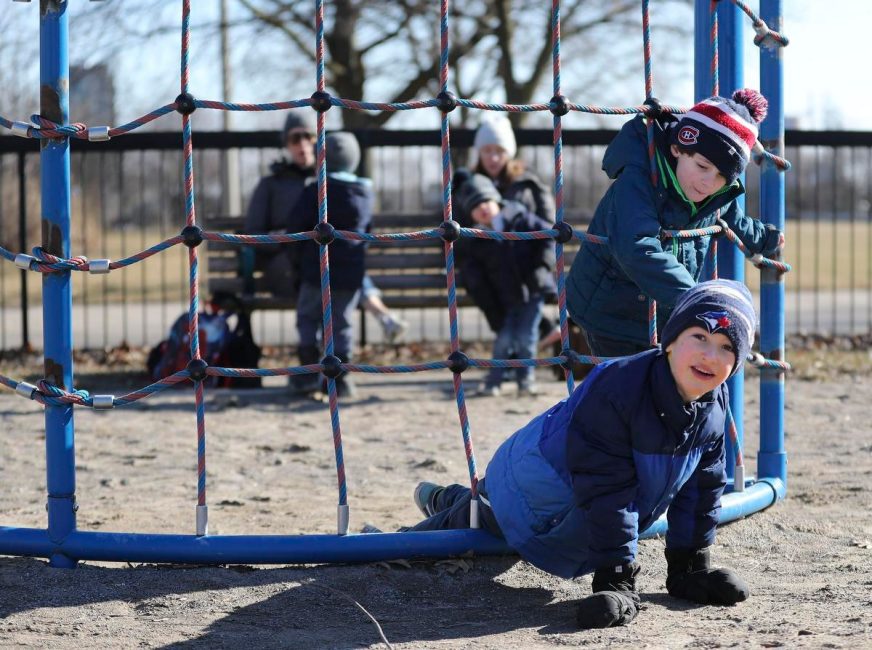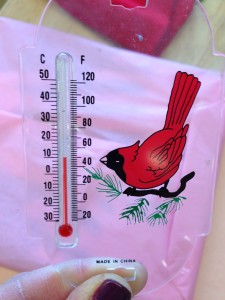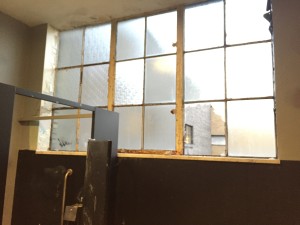In the May 25, 2019 essay in the Globe and Mail newspaper entitled, “Resilience: Our ability to bounce back depends more on what’s around us than what’s within us”, Michael Ungar explores how people’s environments contribute to their resilience – their ability to weather difficult life circumstances.
Ungar is the Canada Research Chair in Child, Family and Community Resilience, a professor of social work at Dalhousie University and a family therapist. He has studied resilience around the world and has found that “all the internal resources we can muster are seldom of much use without a nurturing environment”. He goes on to say that his research clearly demonstrates that “resilience depends more on what we receive than what we have within us”.
Throughout his Globe and Mail essay, which is adapted from his book entitled, Change Your World: The Science of Resilience and the True Path to Success”, Unger cites external resources and environmental factors such as the following as being truly critical to a person’s resilience:
- family, friends, and colleagues who are supportive
- a community with police, social workers, fire departments, ambulances and food banks
- employment insurance and pension plans
- a working (or learning) environment that is well staffed and provides good conditions in buildings that are well-maintained
He concludes his essay by stating simply that, “When it comes to maintaining well-being and finding success, environments matter. In fact, they may matter just as much, and likely much more, than individual thoughts, feelings or behaviours.”
As we read this essay in Saturday’s Globe, we thought about the 2-million Ontario children who spend their days in publicly funded schools. If we want these children to not only survive but thrive and develop resilience, then to us, it seems obvious that we must provide them with school buildings that are safe, healthy and well-maintained and that we must provide them with well-staffed and properly resourced classrooms. What do you think?





